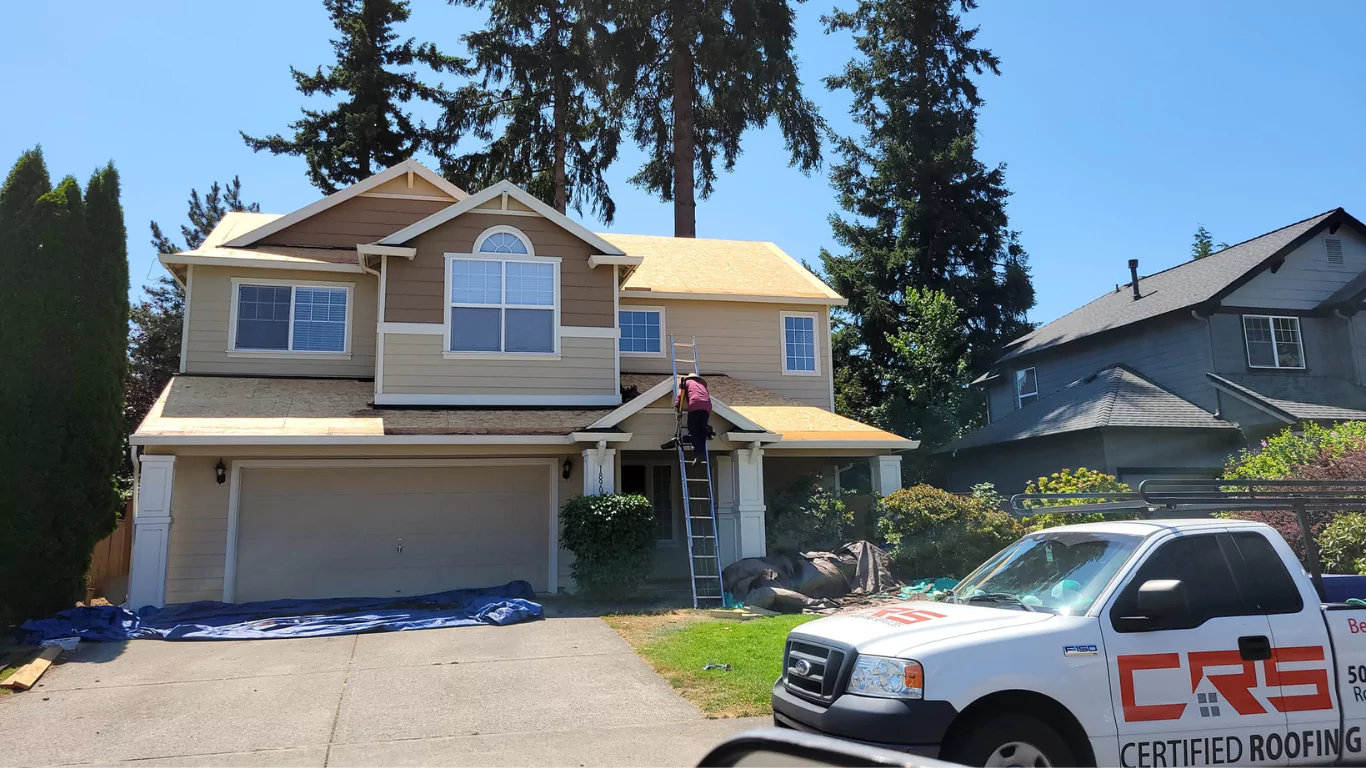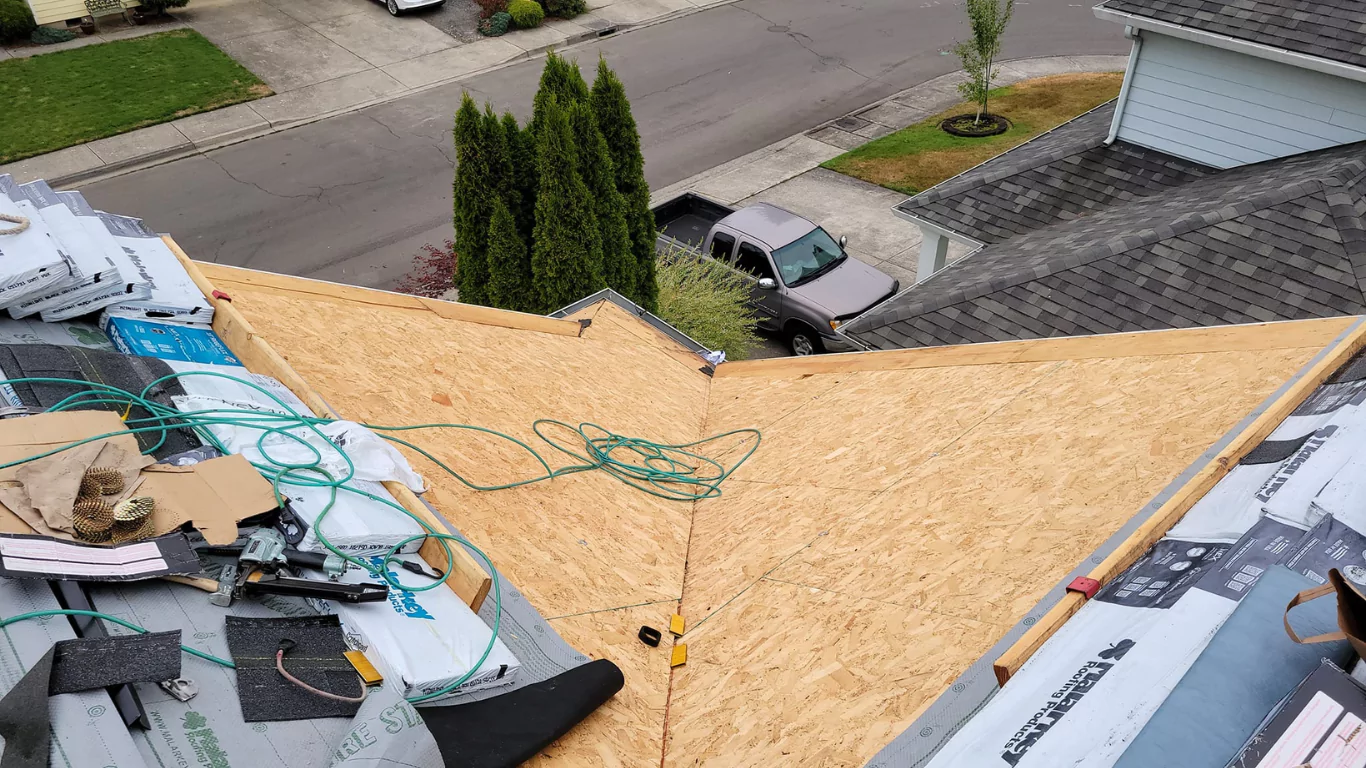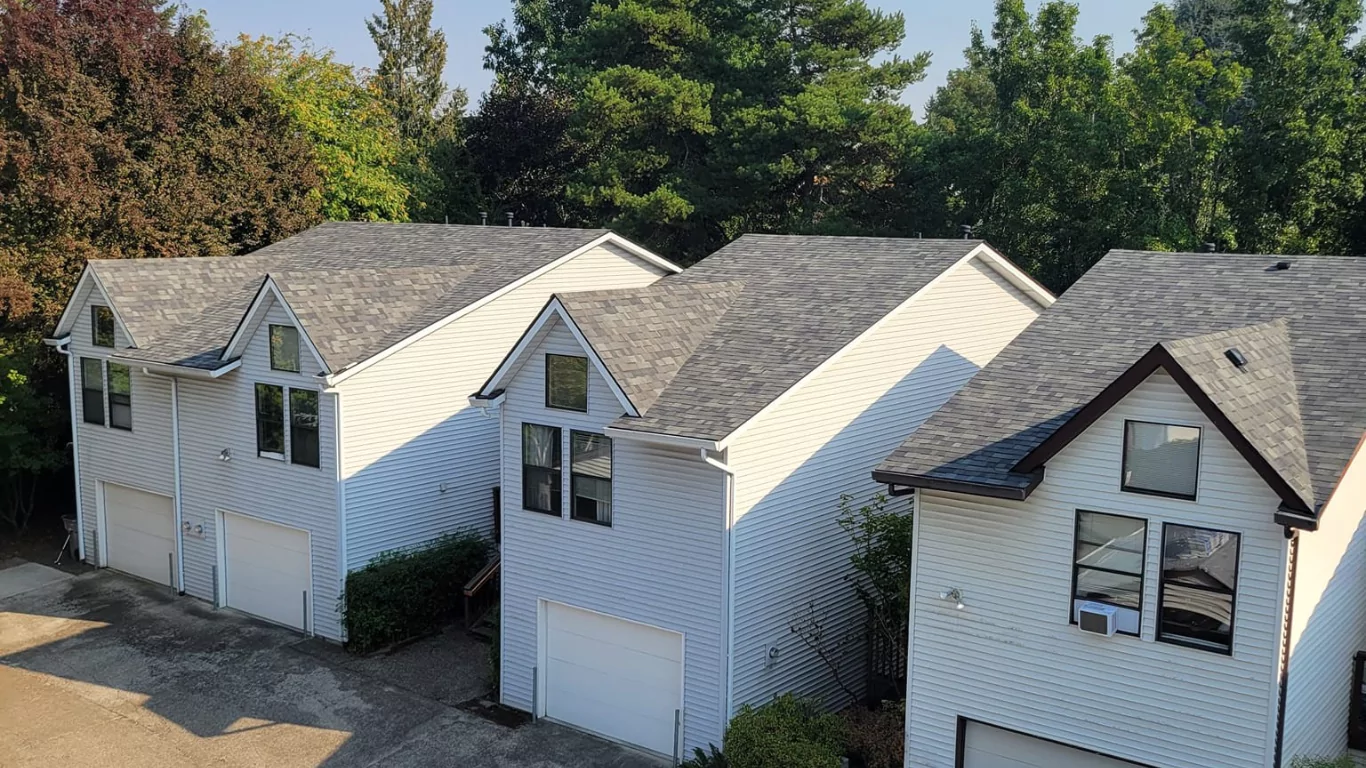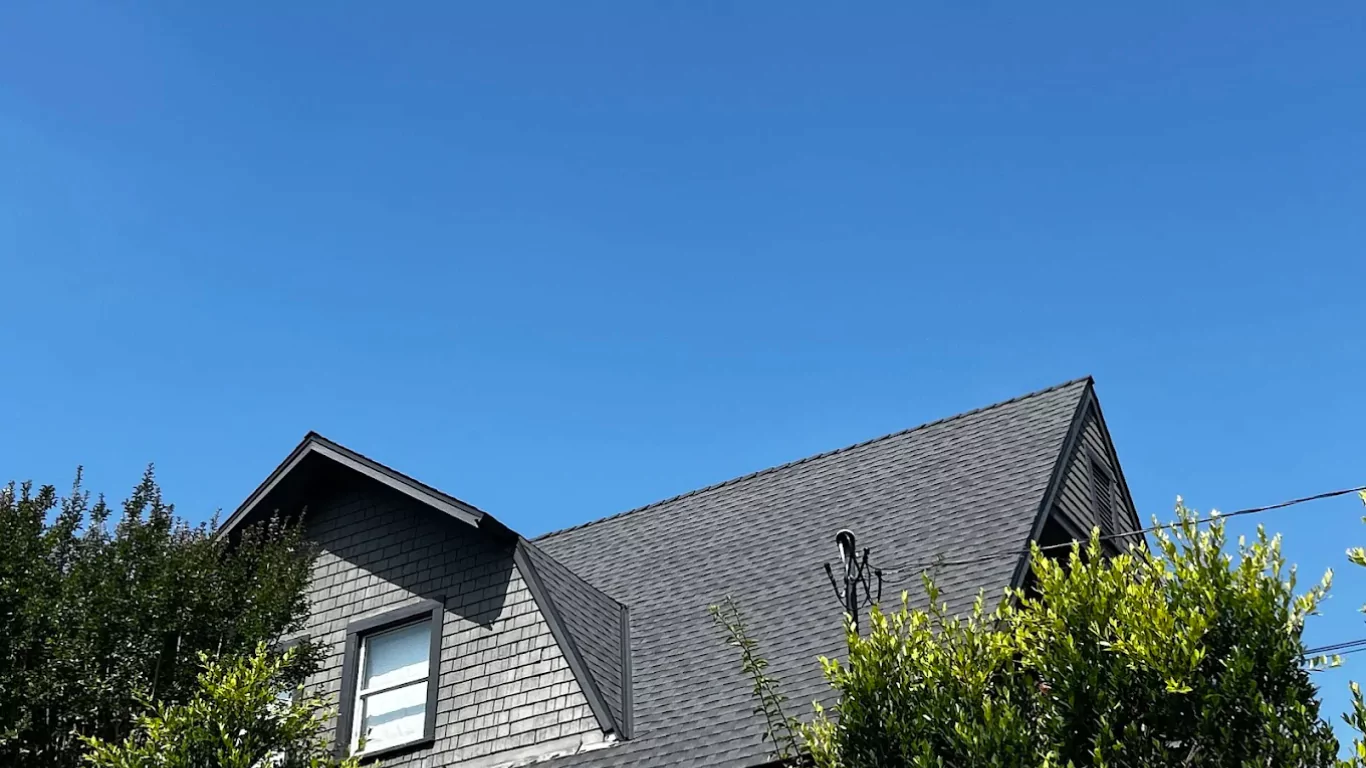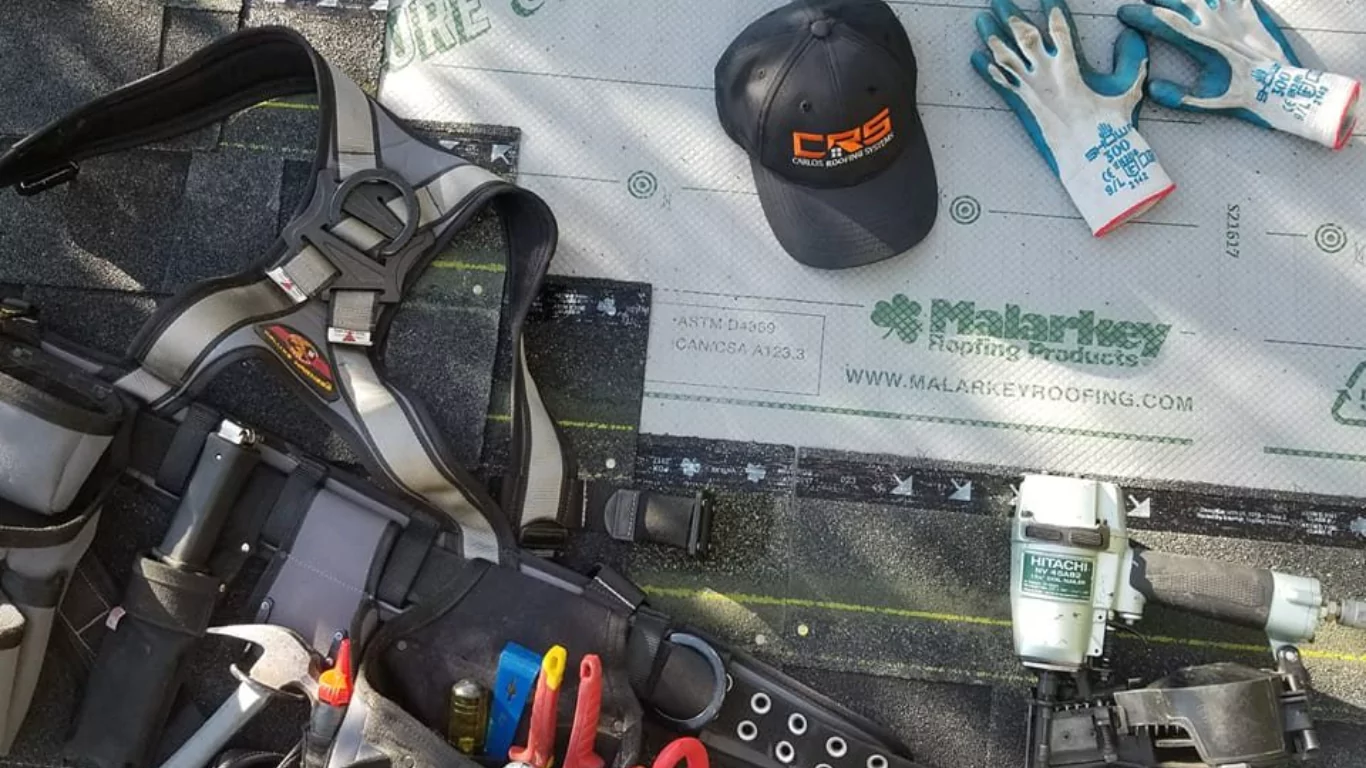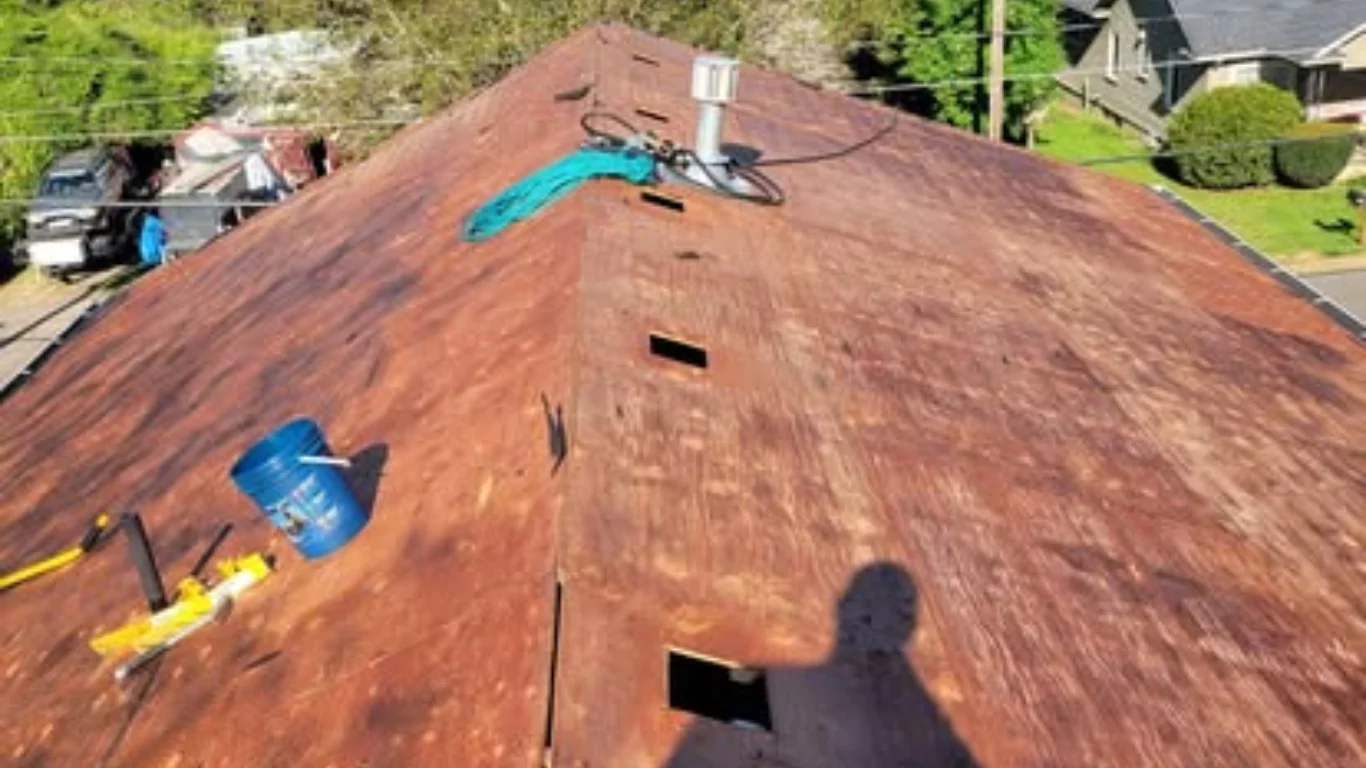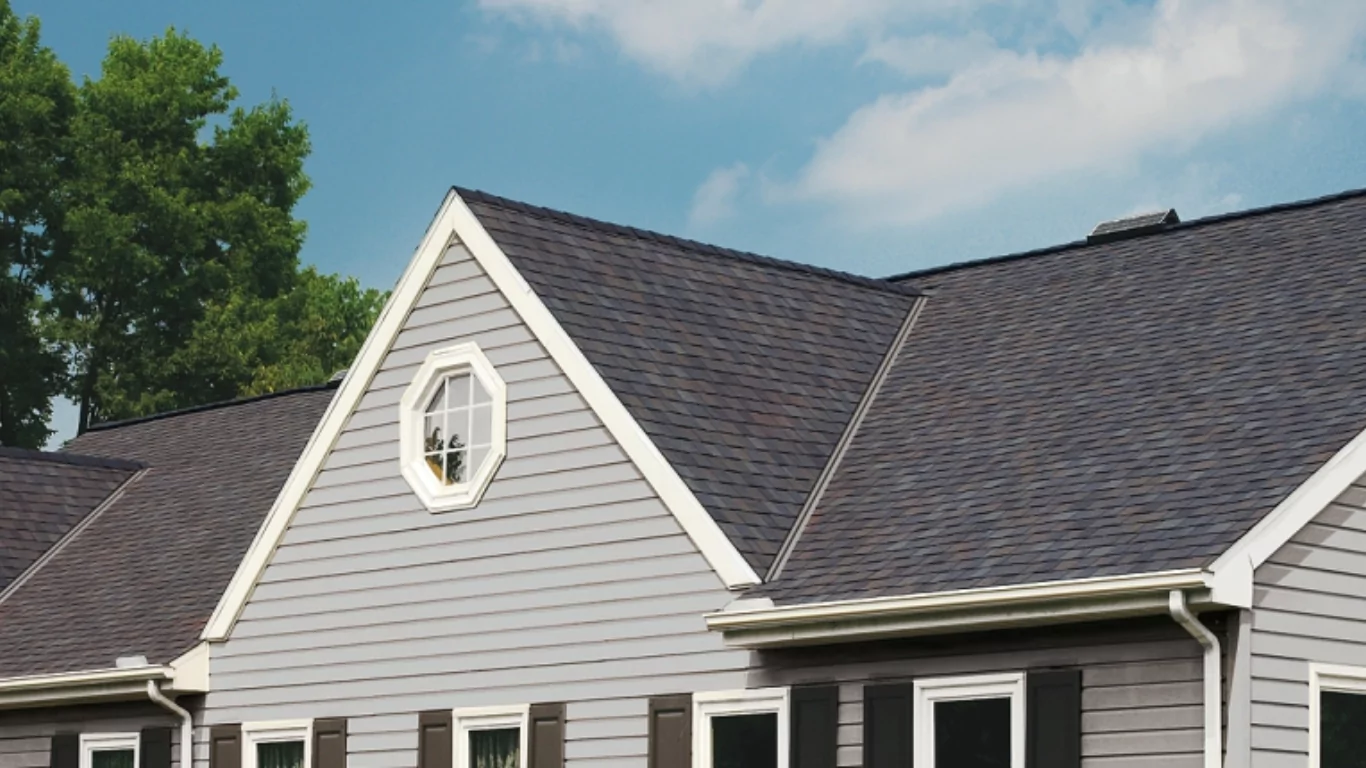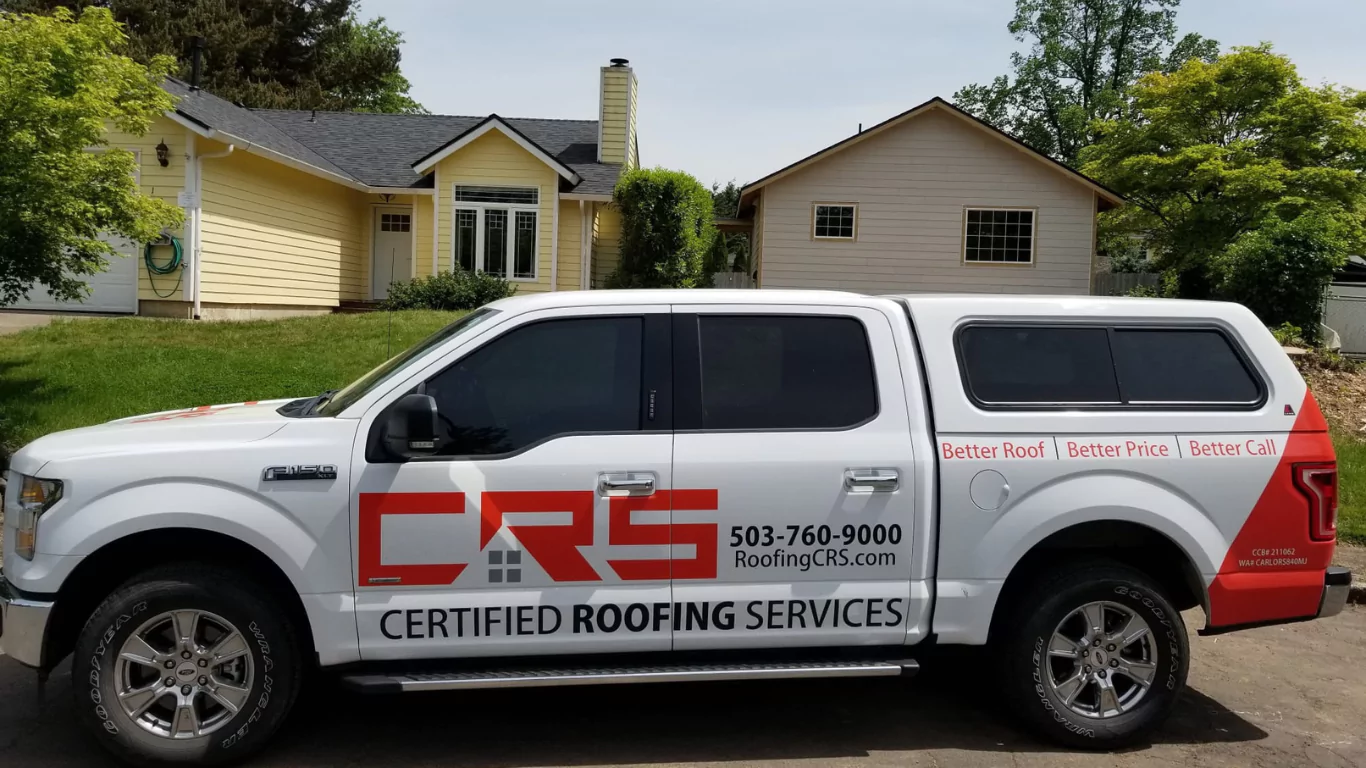I. Introduction
Extreme weather events are on the rise, and your roof is often the first line of defense. In 2024 alone, over 18 million homes in the U.S. reported storm-related roof damage (NOAA data).
For homeowners in 2025, residential roof repairs are no longer optional—they’re essential.
This guide from Certified Roofing Services is designed to educate, prepare, and help you make smart, timely decisions about your roof.
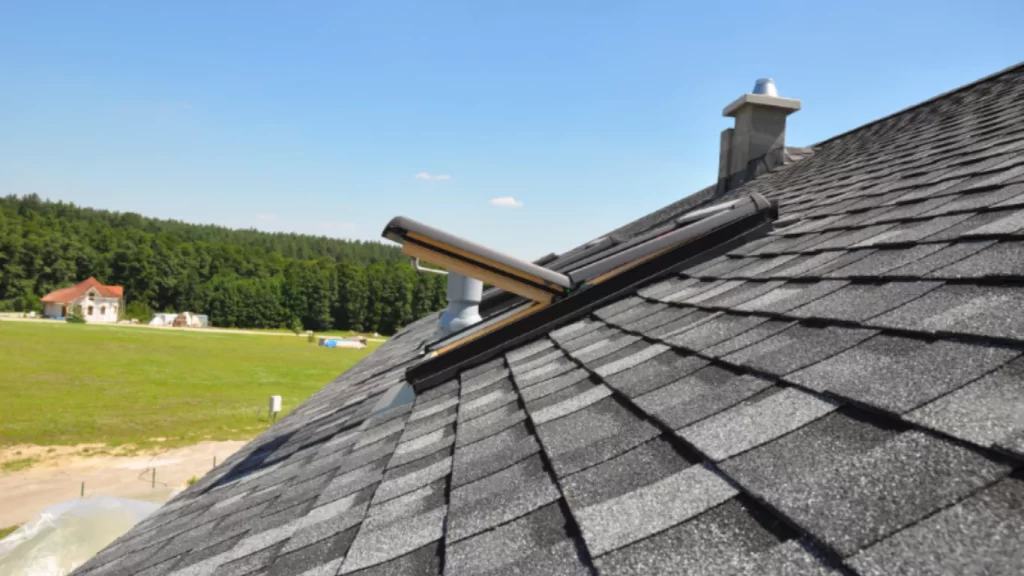
II. Why Roof Repairs Can’t Wait
Neglecting minor roof issues today can lead to major damage tomorrow.
Loose shingles can let water in.
Minor leaks grow into structural problems.
Poor insulation drives up energy bills.
Delaying roof repairs not only increases long-term costs but can lower your home’s resale value.
Insurance companies may also deny claims if they determine damage was caused by delayed maintenance.
And let’s not overlook health risks:
Mold, rot, and poor indoor air quality often begin with a simple leak.
Acting early saves you thousands and protects your home’s structural integrity.
III. Signs You Need Residential Roof Repair
A. Visible Signs
Check for:
Missing or curled shingles
Cracked tiles
Water stains on ceilings
Flashing damage around chimneys
Your roof’s outer layer offers clear warnings. If caught early, most issues are fixable without full replacement.
B. Less Obvious Indicators
A musty odor during rain?
Increased utility bills?
You may be facing insulation or ventilation issues linked to roof damage.
Also check for:
Light peeking through attic boards
Peeling paint on exterior walls
These signs often go unnoticed until damage becomes severe.
C. When to Call a Pro
Have your roof professionally inspected:
Once a year
After any major storm
DIY assessments miss subtle but important issues.
Certified Roofing Services offers full roof evaluations with photo documentation and repair estimates—so you’re never left guessing.
IV. Most Common Types of Residential Roof Repairs
A. Shingle Replacement
Common in asphalt and wood roofs.
Age, weather, or impact can cause shingles to crack or detach.
Asphalt lasts ~20 years
Metal can last 40+ years
Tile is highly durable but brittle under impact
Replacing damaged shingles early prevents deeper leaks.
B. Leak Repairs
Leaks may stem from:
Flashing failure
Nail holes
Improper ventilation
Short-term fixes like patching work for minor leaks,
but long-term solutions often involve replacing underlayment or improving ventilation.
C. Gutter and Drainage Issues
Poor drainage = trapped water = rot and mold.
Ensure gutters are:
Not sagging or cracked
Properly sloped
Free from debris
This simple maintenance prevents thousands in roof and siding damage.
D. Flashing and Ventilation Repairs
Flashing (thin metal sheets) seal roof joints. When cracked or rusted, they let water in.
Proper attic ventilation prevents heat and moisture buildup, protecting your shingles from premature aging.
Certified Roofing Services recommends evaluating flashing and vents during every inspection.
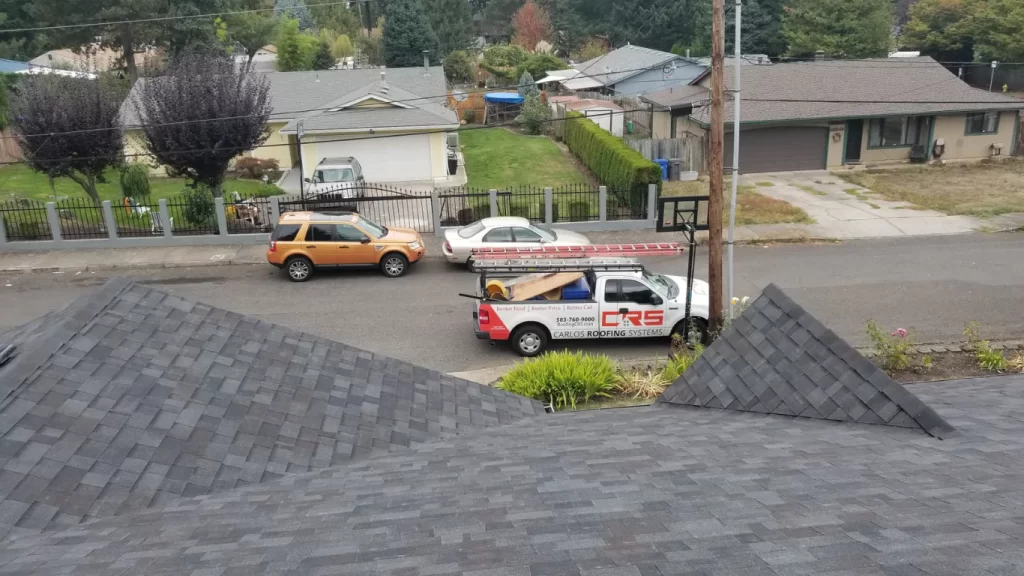
V. Choosing the Right Roofing Contractor
A. What to Look For
Choose contractors with:
Proper licensing and insurance
Strong local reviews
Experience with your roofing type
Avoid out-of-town storm chasers who disappear post-repair.
B. Questions to Ask
What warranties do you offer?
What’s included in the inspection?
What’s the full repair timeline?
Transparency builds trust.
C. Warning Signs
Watch for:
High-pressure sales tactics
No written contracts
Unrealistically low bids
Certified Roofing Services guarantees clear estimates, warrantied repairs, and no hidden fees.
VI. Roof Repair Costs: What to Expect in 2025
National average:
Minor repairs: $300–$1,200
Moderate damage: $1,500–$3,500
Major repairs: $5,000+
Costs vary based on:
Damage extent
Roofing material
Regional labor rates
Cost-saving tips:
Repair in off-season (spring/fall)
Bundle gutter and flashing fixes
Use your homeowner’s insurance if applicable
VII. Insurance and Roof Repairs
A. Understanding Homeowners Insurance
Policies typically cover:
Storm and hail damage
Falling tree impact
Not covered:
Normal wear and tear
Damage from neglect
Aging roofs (>20 years) may not be eligible for full coverage.
B. How to File a Claim
Schedule an inspection with a trusted roofer (like us).
Gather photo evidence and written documentation.
File with your insurer immediately post-storm.
Push back on low-ball settlements with contractor support.
VIII. Preventative Maintenance Tips for Homeowners
Regular maintenance extends roof life and cuts repair costs.
Checklist:
Inspect shingles seasonally
Keep gutters clear
Trim overhanging trees
Watch attic for leaks or light gaps
Also consider:
Installing roof coatings
Scheduling professional inspections annually
IX. Repair vs. Replace: When It’s Time for a New Roof
Sometimes, patching no longer works.
Consider replacement if:
Roof is 20+ years old
You’ve made repeated repairs
Damage is widespread
New roofs offer:
Better energy efficiency
Stronger insulation
Higher home value
Certified Roofing Services offers free roof replacement quotes with zero obligation.
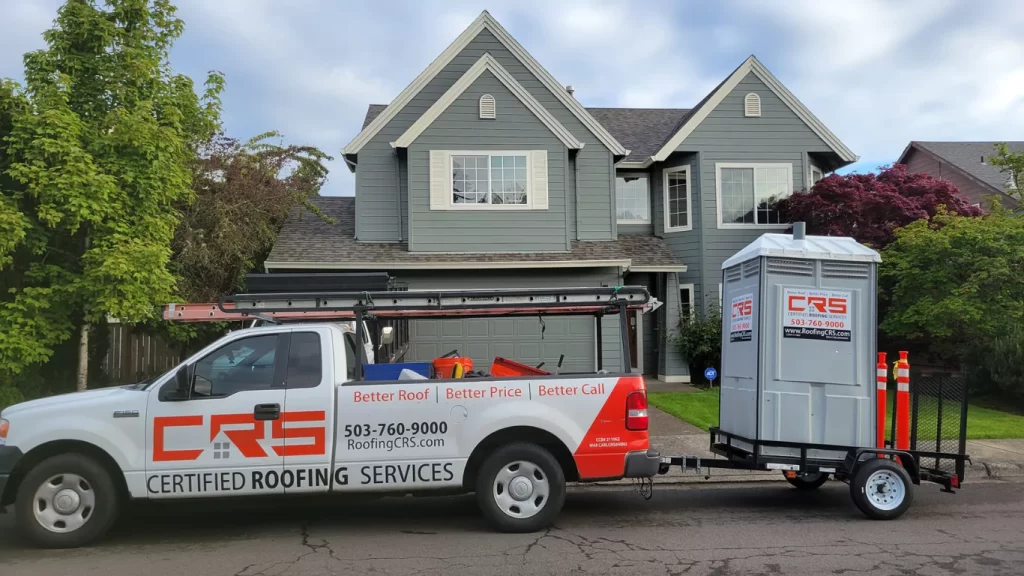
X. Conclusion
Roof damage doesn’t wait—and neither should you.
Timely residential roof repairs protect your home, wallet, and health.
Don’t let small issues grow.
Schedule your inspection today with Certified Roofing Services.
Need roof repair advice or a free quote?
👉 Contact Certified Roofing Services—your trusted local roof repair team.

